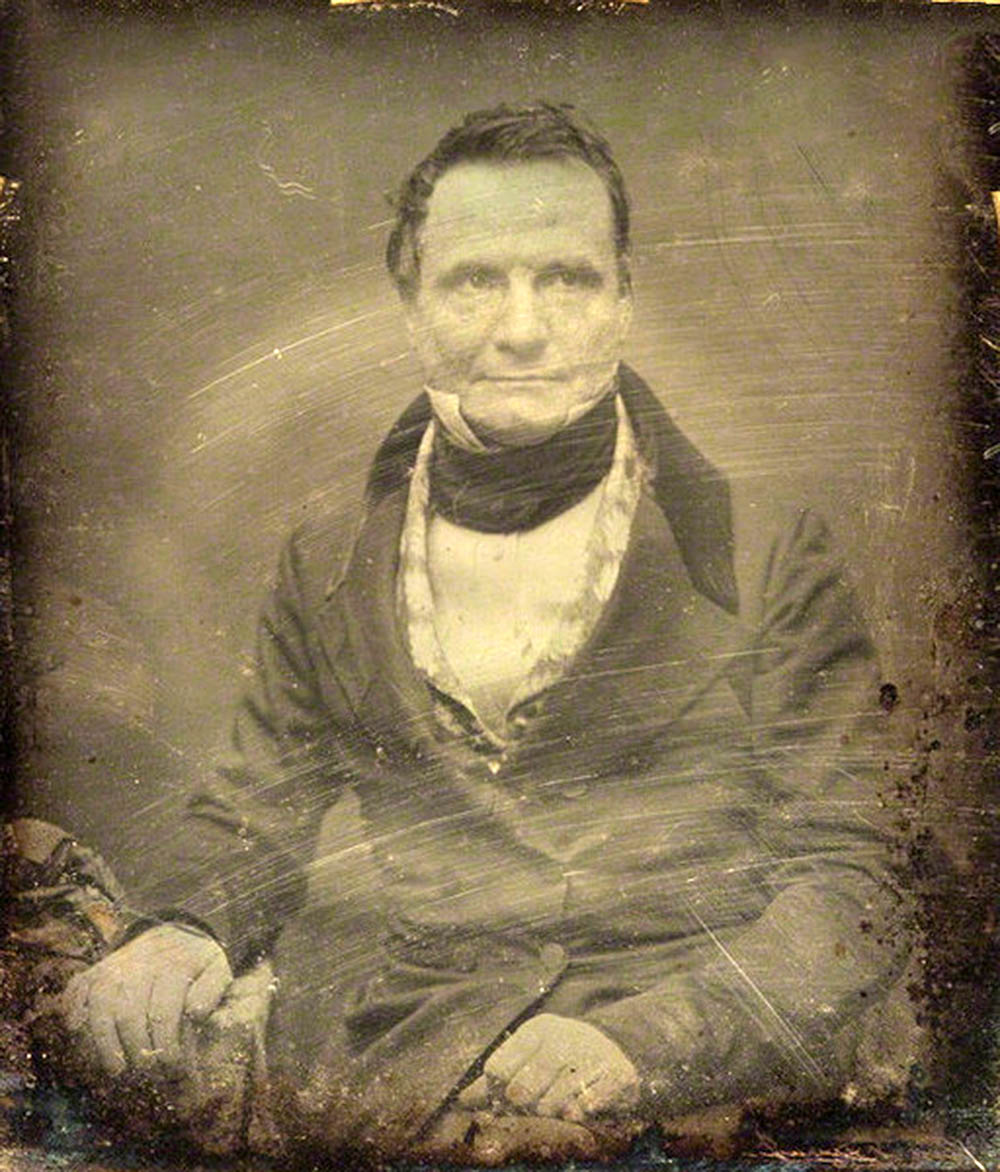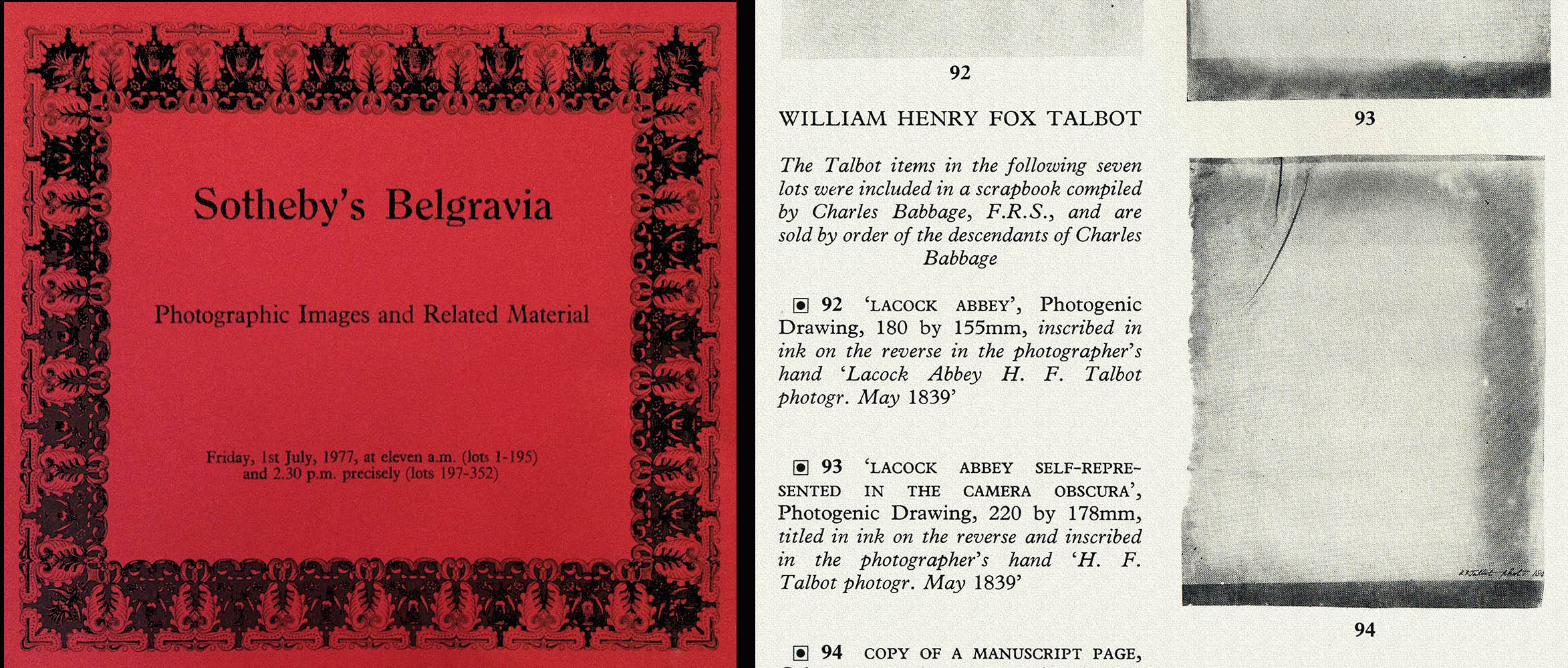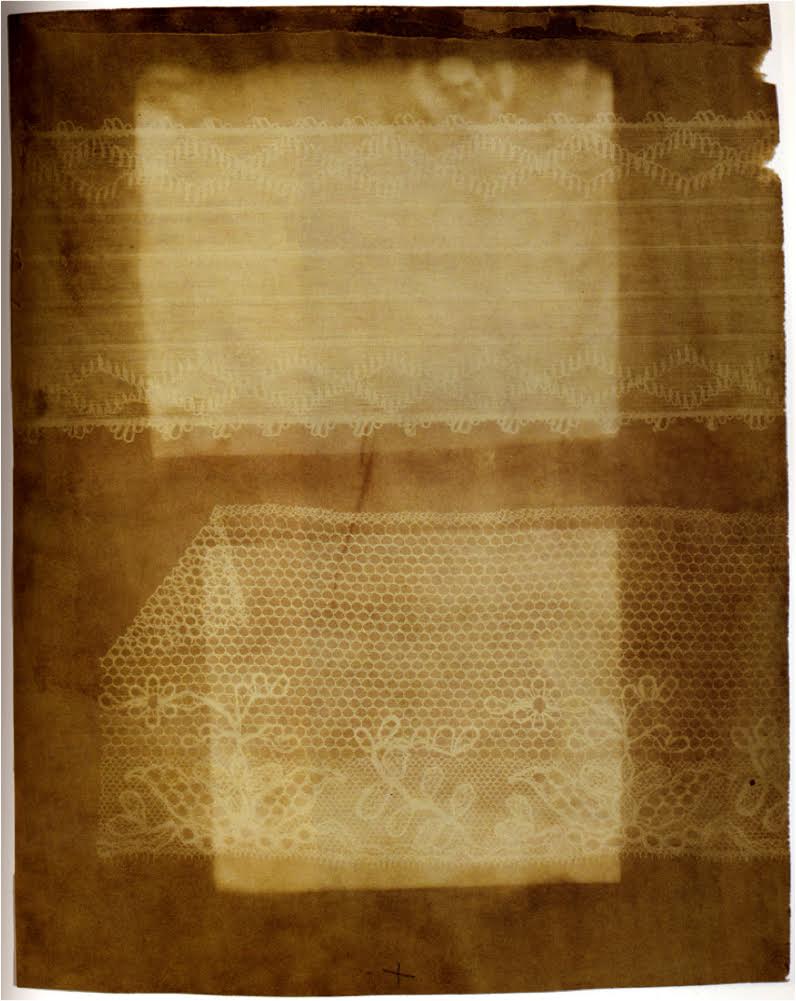A tip of the hat to those collectors who over the decades have appreciated and helped to preserve a great number of the Talbots that we enjoy today. This is the first of an occasional series on an inner circle that perhaps you will indulge me in styling them ‘Intimate Collectors’ – those contemporaries of Talbot who sought out or were presented with groups of photographs by Henry himself. They probably did not think of themselves as collectors – well, perhaps I’ll make an exception for Sir David Brewster, who confessed that “I have just received the very valuable packet of Talbotypes which you have been so kind as to send me … I do not believe that a Child ever received a Toy with more pleasure than I do a Sun-Picture. It is a sort of monomania which my dealings with light have inflicted upon me.” In the majority of cases, time, the changing tastes of generations, neglect (sometimes benign) and serendipity have led to the breaking up of these formative collections. There were no catalogues and rarely any other records of the primitive treasures that they once contained. Identifying and re-associating their surviving components is not only a satisfying historical puzzle, but also can yield insights into the actual images that seduced admirers, prompted contemporary comment and shaped private and public reactions. These collections are essential squares of fabric in the patchwork quilt of early photographic history.
Shall we start with some of the photographs received by the great (and greatly eccentric) Charles Babbage (1791-1871). Today Babbage is largely known as a computer pioneer and less well known for his manic obsession with the organ grinders who enlivened the streets of London in his day. Among his great early friendships was with Sir John Herschel. The onetime Lucasian Professor of Mathematics at Cambridge, Babbage became bored with teaching and additionally suffered the early loss of his beloved wife. He turned to a life of science and society centred around his London mansion on Dorset Street in fashionable Manchester Square. Babbage’s Difference Engine and later Analytical Engine were the mechanical forerunners of today’s computers.
Mr Google can steer you towards plentiful biographical information on Babbage so I’ll restrict myself to his relationship with Talbot and the role he assumed in spreading the word about photography on paper.
In addition to being a scientist and a critical author, Charles Babbage was host to some of the most important soirées in London. Many of these were well-attended society affairs, but equally sought after was an invitation to one of his smaller parties. On 26 June 1831, Sir John Herschel, Sir David Brewster, and Henry Talbot were part of a breakfast meeting hosted by Babbage. I have always felt that Herschel’s demonstration of the light-sensitivity of platinum salts at this breakfast was one of the ‘floating philosophical visions’ that Talbot later felt might have triggered his quest for photography.
In 1830, Babbage was one of the scientists who sponsored Talbot’s election as a Fellow of the Royal Society. While Talbot was a Member of Parliament in 1834, he wrote to Babbage: “I wish to ask you to join me in making an effort to arouse the apathy of the Government …my present idea is…to enquire into the best means of encouraging Science & Literature – with a view more especially to afford National encouragement to those Scientific & Literary enquiries, which although highly honorable to the nation, and often ultimately the source of increased national wealth, are yet not accompanied with sufficient immediate remuneration to induce persons of moderate fortune to devote exclusively to them the whole of their time and talents. I think…this…would be likely to effect much towards rescuing the country from the reproach which it now deserves, of utterly neglecting the cause of science.” Needless to say, in spite of Babbage’s support, Talbot’s bill never had a chance.
The correspondence between Talbot and Babbage reveals frequent such exhibitions and private showings. That of Lady Elisabeth betrays her steady and persuasive hand in making sure that Babbage continued to promote her son’s invention to society.
Happily, Talbot kept some records of his early distributions and we find that on 10 May 1839 he sent to
“Babbage. 7 in all. Tower. Chinese. Lace & a Ribbon – Mill, fern”
and on 20 May an
“Abbey.”
In 1977, a scrapbook was broken up before auction (no, there was no record made of its original contents or arrangement) and a number of early Talbots extracted from that were sold. This critical group of material is slowly being identified and re-related to itself.
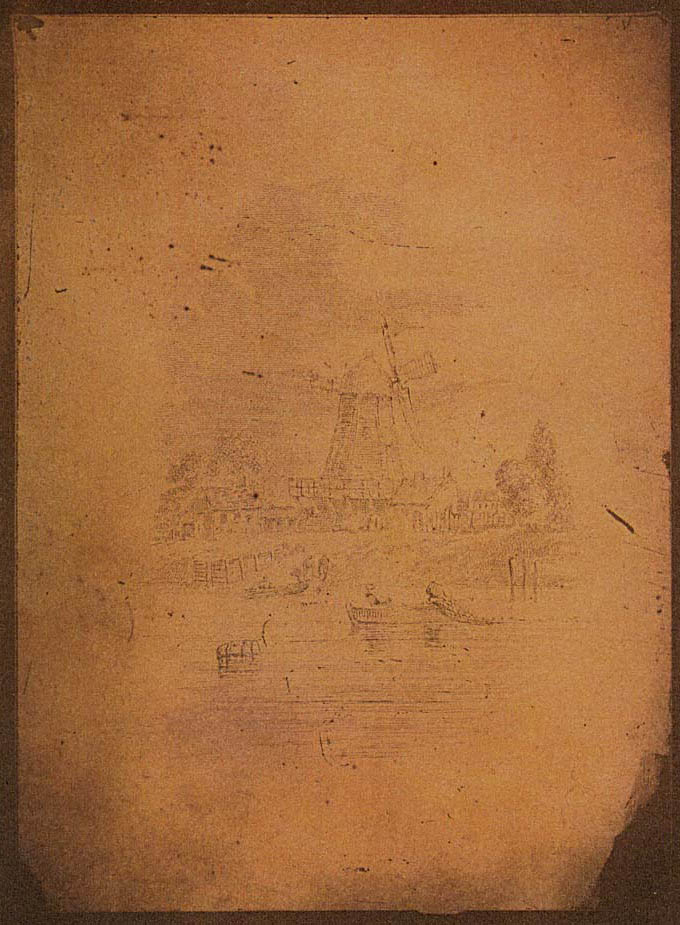
Lot 98 of this sale comprised two “Facsimiles of Engravings.” One of these was another copy of a cliché-verre that we have seen already, most likely an 1839 print from an 1834 hand-drawn negative made at Geneva. This was the “Mill” that Talbot sent. Babbage’s copy is an interesting one, for unusually it is on Whatman paper watermarked 1827 – it must have been an odd sheet lying around Lacock Abbey. The other part of this lot is so far untraced.
It is now in a private collection. A somewhat enigmatic one is Lot 97, described as ‘Studies of Decorated Plaques.’

These appear to be negatives made by light shining through delicately engraved glass, each about 8 cm. in diameter.
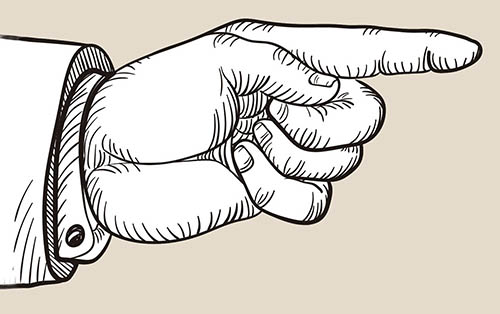 If you have any thoughts on what the originals might be I would very much like to hear them. The question has stumped several decorative arts specialists already.
If you have any thoughts on what the originals might be I would very much like to hear them. The question has stumped several decorative arts specialists already.

Like many of Talbot’s earliest cadeaux, he inscribed it on verso, accepting the root of photography in preference to his original photogenic drawing
Talbot continued to feed fresh photographs to Babbage’s collection and Babbage reciprocated by giving them a wide showing. In early 1844, Talbot presented “5 Calotypes in case you like to show them at your Saturday’s réunion – the subjects are:
Exterior of Queen’s Coll: Oxford
Interior quadrangle of University Coll: do
Boulevards of Paris
facsimile of old book in my library.
Arch at Fontainbleau, done by my methods; by a French artist
None of this later group has been positively identified, and a few from the 1977 sale are MIA, but I have recently heard from colleagues that they may have some leads on these. Look for a supplement to this post. In the meantime, the search for additional items from the Babbage Talbot Collection continues. Can you assist? Or if you know of any Talbots associated with his contemporaries such as Brewster, Herschel, Biot or others, do tell (please).
Larry J Schaaf
• Questions or Comments? Please contact digitalsupport@bodleian.ox.ac.uk • Brewster to WHFT, 13 November 1847, Talbot Correspondence Project Document no. 06048. • Antoine Claudet, Charles Babbage, daguerreotype, late 1840s, National Portrait Gallery, London. • For an examination of the complex professional and personal relationship between Herschel and Babbage, see my Tracings of Light: Camera Lucida Drawings by Sir John Herschel (San Francisco: The Friends of Photography, 1990). • Details of this demonstration are in my “Herschel, Talbot, and Photography; Spring 1831 & Spring 1839,” History of Photography, v. 4 no. 3, July 1980, pp. 181–204. • WHFT to Babbage, 5 June 1834, Document no. 02911. • WHFT to Constance Talbot, 2 February 1840, Document no. o4015. • Talbot’s photographic gifts to Babbage are noted in his Memoranda book started in 1838 in London. Fox Talbot Collection, the British Library, London. • The cliché-verre from Lot 98 was featured as item 270 in Ken Jacobson’s 1996 Étude d’Après Nature and purchased by Alex Novak. He subsequently donated it to the J Paul Getty Museum, 2004-188. • WHFT, Lace and a Ribbon, photogenic drawing negative, 1839, Collection of Dr Walter Knysz, Jnr.; Schaaf 4260. • WHFT, Studies of Decorative Plaques?, photogenic drawing negatives, 1839. Janos Sholz Collection, Snite Museum of Art, University of Notre Dame, 85.74.14a/b; Schaaf 5365 and 5366. • WHFT, Lacock Abbey self-represented in the camera obscura, salt print from a photogenic drawing negative, May 1839. Originally in the Bruno Bischofberger Collection, it is now in the J Paul Getty Museum, 84.XM.260.5, Schaaf 3783. The negative was intensified by Harold White and is illustrated in my Sun Pictures Catalogue Three: The Harold White Collection of Works by William Henry Fox Talbot (New York: Hans P. Kraus, Jr, Inc., 1987). • WHFT to Babbage, 10 May 1839, Document no. 03876. • WHFT, Lacock Abbey, photogenic drawing negative, 1839, Collection of Dr Walter Knysz, Jnr.; Schaaf 4456. • WHFT to Babbage, 20 February 1844, Document no. 04945.

